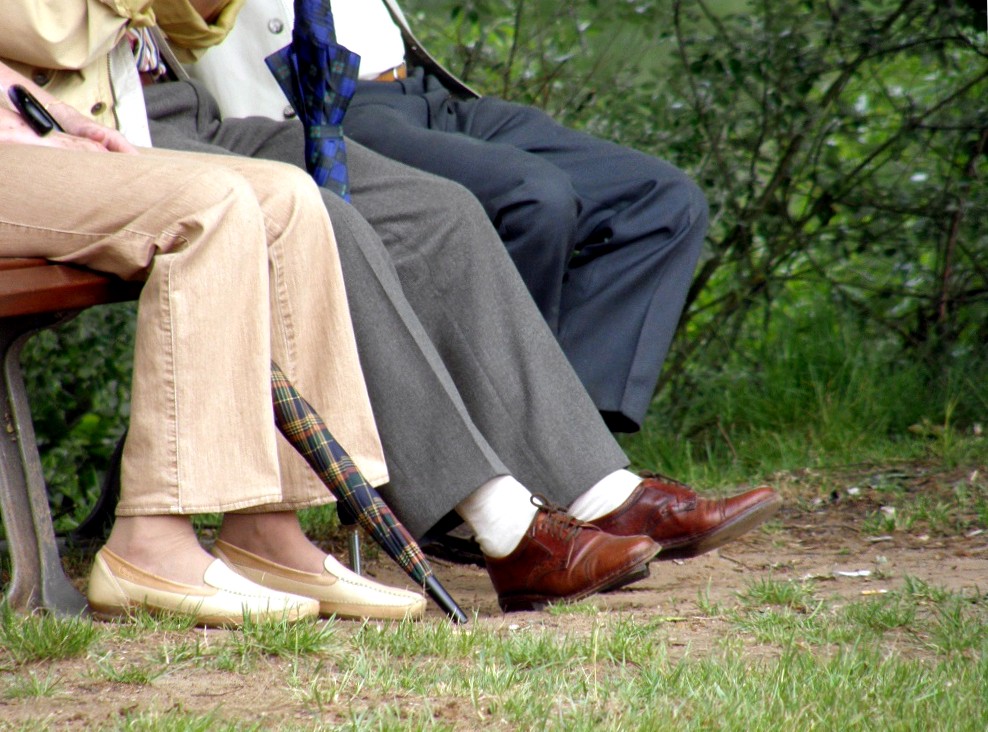
Diabetes mellitus can lead to damage to the nerves. The technical term for this is diabetic neuropathy. Here you can learn how to recognize nerve damage and what you can do yourself to prevent diabetes from getting on your nerves.
At a glance
Diabetes can lead to damage to the nerves. The technical term is diabetic neuropathy.
the symptoms usually start on both sides of the feet. For example: tingling or numbness, poor perception of cold and heat, or a wound does not hurt. The nerves that control the organs may also be affected. This can lead to dizziness, gastrointestinal problems or bladder problems, among other things.
Nerve damage in diabetes is not curable. However, symptoms can often be alleviated and their progression delayed. A healthy lifestyle, good diabetes control and foot care all play a role in this process. Medication can also be used.
The nervous system
The human nervous system is made up of many billions of nerve cells. It consists of a central and a peripheral part. The central nervous system comprises the brain and spinal cord. All other nerve tracts that run through the body and into the limbs belong to the peripheral nervous system.
The nervous system has the task of receiving, processing and transmitting stimuli from the environment and from inside the body. With the peripheral nerves we can, for example, perceive touch, heat, cold or pain and control movements.
Nerve damage in diabetes
Damage to the nerves means that stimuli are no longer transmitted correctly: their function is disturbed.
Why diabetes can cause nerve damage is not yet clearly understood. Several factors are certainly at work together. For example, elevated blood sugar levels can clog small blood vessels that supply the nerves. Regular alcohol consumption or other illnesses can aggravate the functional disorder.
There are different forms of nerve damage in diabetes, which manifest themselves in different ways. The peripheral nerves are most commonly affected. This disorder is present in around 30 out of every 100 people with diabetes. It is a disease that usually develops gradually and only becomes symptomatic after a few years. However, some sufferers feel nothing.
signs and symptoms
The symptoms usually start on both sides of the feet and spread to the lower legs. More rarely, they are felt in the hands and arms. Signs are for example:
Tingling or furry feeling in the feet
Sensory disturbances in the feet, for example, the feeling of cold feet even though they are warm
Excruciating or burning pains in the limbs, often increasing at rest or at night
Poor perception of cold and heat
Disturbed sensation of pain, wounds often do not hurt, remain unnoticed and heal worse
Muscle weakness of the legs, unsteady walking
The nerves that control the organs may also be affected. Examples of so-called autonomic nerve damage are:
Cardiovascular system: dizziness when standing up
gastrointestinal tract: dysphagia, heartburn, feeling of fullness, nausea, diarrhea or constipation
Urinary tract: bladder problems, erectile dysfunction in men, lack of desire in women
endocrine system: hypoglycemia is not perceived
Examinations
First, the doctor will ask you some questions about your medical history and symptoms. Then he examines you physically. He looks at his legs, feet, stockings and shoes. In addition, your doctor will check your muscle reflexes and movement patterns. He tests how you feel, for example with a needle, a brush or a tuning fork.
To determine whether internal organs are affected, various tests are used, such as an electrocardiogram (ECG) or ultrasound.
Treatment
Nerve damage in diabetes is not curable. But if they are detected and treated in time, symptoms can be alleviated and their progression delayed. A healthy lifestyle, good diabetes control and foot care play an important role in this process.
If damaged nerves cause pain, medication may help. Which remedy is right for you depends on the severity of your pain and possible other illnesses, among other things. In addition to medication, other offers can support the treatment of pain.
If necessary, your doctor will refer you to specialists or specialized facilities.
Detailed information on treatment can be found below under "explained in detail".
What you can do yourself
There are many things you can do to prevent nerve damage or stop it from progressing:
Make sure you eat a balanced diet and maintain a healthy weight.
Avoid alcohol and tobacco as much as possible. Both are harmful to the nerves.
Keep moving. Discuss with your doctor which sports or exercise activities are right for you and which you enjoy.
Take part in patient education. There you can learn how to deal with diabetes and its sequelae.
It is important that you control your blood glucose and adjust it well with the help of your doctor. You will learn exactly how and when it should be measured in a patient training course.
Observe and care for your feet daily. Watch out for blisters, redness, tears or pressure points. Wear cotton or wool stockings that are not constricting. Change them daily. When buying shoes, make sure that nothing bothers you or pinches you: the shoe must fit the foot, not the other way around.
Inform your doctor about any complaints. Even small things can be important.
Be sure to keep all agreed-upon check-up appointments. Have your findings recorded in the diabetes health passport.
It can help to talk to others affected by the condition. Self-help groups can be a good starting point for this.
You can participate in a structured treatment program for people with diabetes (DMP diabetes for short). The aim is to ensure that their care is coordinated by general practitioners and specialists. Talk to your doctor about this program.
